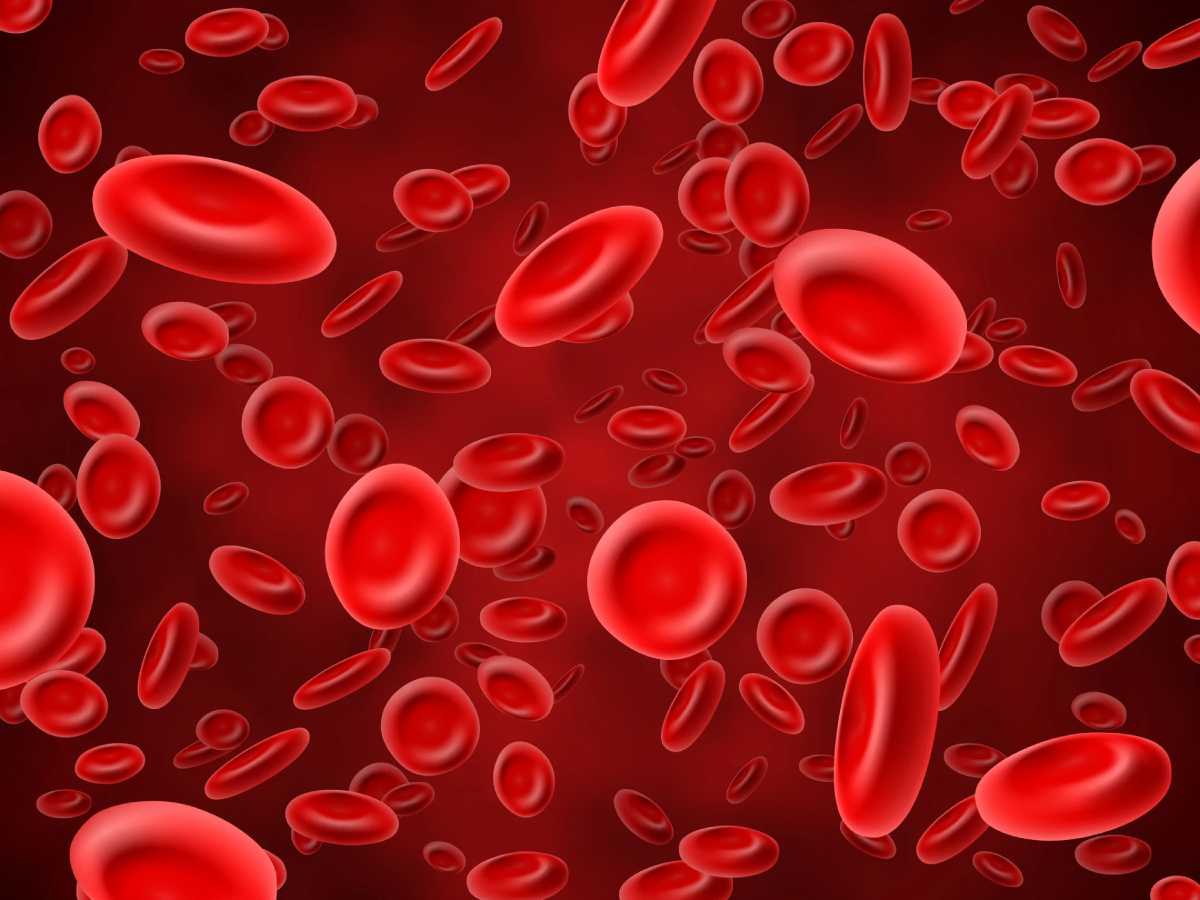I have written several blogs lately about the value of the CBC lab test for gaining insight into the quality aspects of bone. In my last blog I explained that low hemoglobin (Hgb), one of the signs of low iron in the body, can adversely impact the immune system leading not only to an increased susceptibility to infections but also to bone loss. With an unbalanced immune system, we see heightened bone resorption by the osteoclast cells and reduced bone formation by the osteoblasts.

Yes, we need iron… it is an essential nutrient and one that is vital for the oxygen-carrying capacity of red blood cells. When blood oxygen levels decrease, osteoblast activity wains. Iron also helps convert vitamin D into its active form, thereby enhancing calcium absorption. But what about too much iron?
Does excess iron intake harm bone? After all, women are constantly reminded to take iron supplements and eat iron-rich foods to offset excessive losses during menstruation. But what happens at menopause when monthly periods stop? A look at the CBC can give us an indication of iron levels and your doctor may order other tests such as serum ferritin to help better determine total body iron stores.
Generally speaking, after menopause, women don’t have to supplement with iron anymore. This is because dietary iron alone is usually enough to maintain proper blood iron levels. Iron overloading is easy to do especially if the same multi-vitamin supplement that was used before menopause is continued into the years after menopause.
Iron overload can be just as detrimental to a person’s health as too little iron. The two most common causes of iron overload are excessive iron intake (usually from over-supplementing) and hemochromatosis (a hereditary condition where the body absorbs too much iron). Excess iron can deposit within the tissues and organs of the body leading to liver disease, diabetes, heart disease, arthritis, and other maladies. Too much iron is also toxic to bones.
Clinical evidence shows us that excessive iron intake reduces bone density and bone strength. In a study by Kim et al. (2013)* published in Osteoporosis International, women over the age of 45 with elevated serum ferritin had lower bone mineral density and greater risk for fracture. While iron is important for osteoblast function, excessive amounts can be toxic to them, reducing their ability to form bone.
It is not unusual see patients with osteoporosis who are consuming excessive amounts of iron simply because of habit. They get used to taking the same supplements everyday and even though they go through menopause, they continue to use the same multi-vitamin with iron. That, in addition to a diet with red meat, liver, fortified cereals, and molasses, all of which are excellent sources of iron, and they have a perfect recipe for iron overload.
So remember, while it’s important to supplement with iron during the years of monthly menstrual blood flows, menopause is a time to cut back on iron intake. To avoid inadvertently ingesting too little or too much iron, make sure you are reading labels and having appropriate yearly lab testing.
*Kim B.J., S.H. Lee, J.M. Koh, G.S. Kim. 2013. The association between higher serum ferritin level and lower bone mineral density is prominent in women ≥45 years of age (KNHANES 2008-2010). Osteoporosis International 24(10):2627-37.

